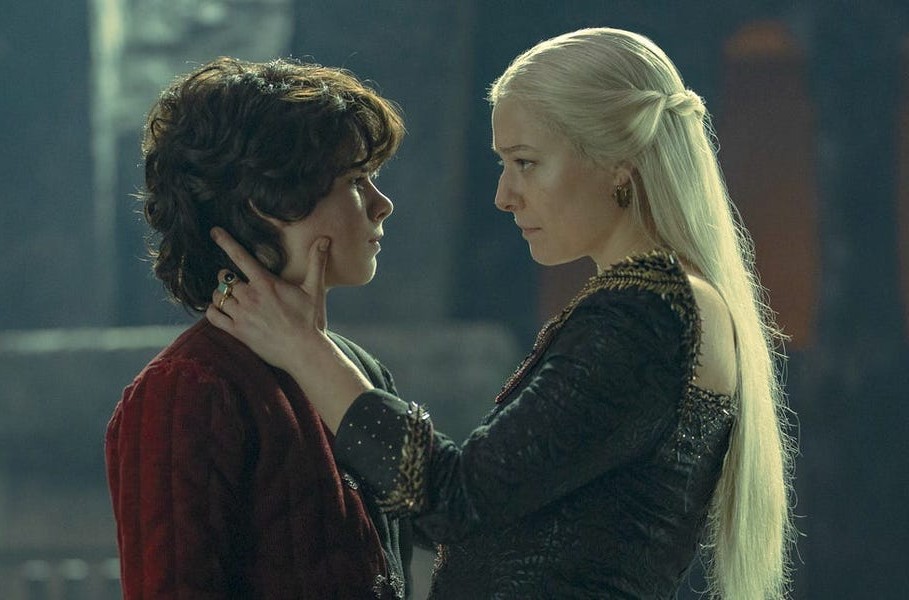Everything we have grown to love about the Game of Thrones television series was expertly portrayed in the first season of House of the Dragon. The show’s main themes—violence, deceit, and the emotions of love, passion, desire, desolation, and fear—were portrayed beautifully. However, an extensive world like George R. R. Martin’s Westeros cannot be fully adapted as it is, the showrunners have to take creative liberties.
Adapting House of the Dragon is walking on a “tightrope”
House of the Dragon is an adaptation of Martin’s Fire and Blood, which can be described as a fake history book. In an interview with IndieWire, Condal recalled, “He [Martin] does not have access to the private pillow talk in the kings and queens’ apartments where a lot of these plots are hatched. We had to invent a lot of that stuff.”
“The tricky balance in crafting the adaptation is satisfying George and satisfying the text of ‘Fire and Blood.’ And that’s hopefully satisfying the fans, but also delivering something that is going to work for this massive worldwide audience that’s probably not going to read, as George calls it, ‘a fake history book.’ It’s this constant tightrope walk.”

What was the basis for Fire and Blood?
Condal also explained the inspiration behind the novel, “George based this period heavily on The Anarchy, which was a very, very bloody period in English Medieval history. At some point I picked up a great book about the period called ‘The White Ship,’ about this shipwreck that happens off the coast of England and kills the heir to the throne and also hundreds of others, this terrible, awful event that upsets the entire order of things.
The horrific nature of the violence perpetuated on this extended family by one another, at some points you gasp, you cannot believe that these things actually happened and the cruelty involved.”
Read Next: HBO shared “more than a standard teaser” of House of the Dragon with media personnel at recent event














